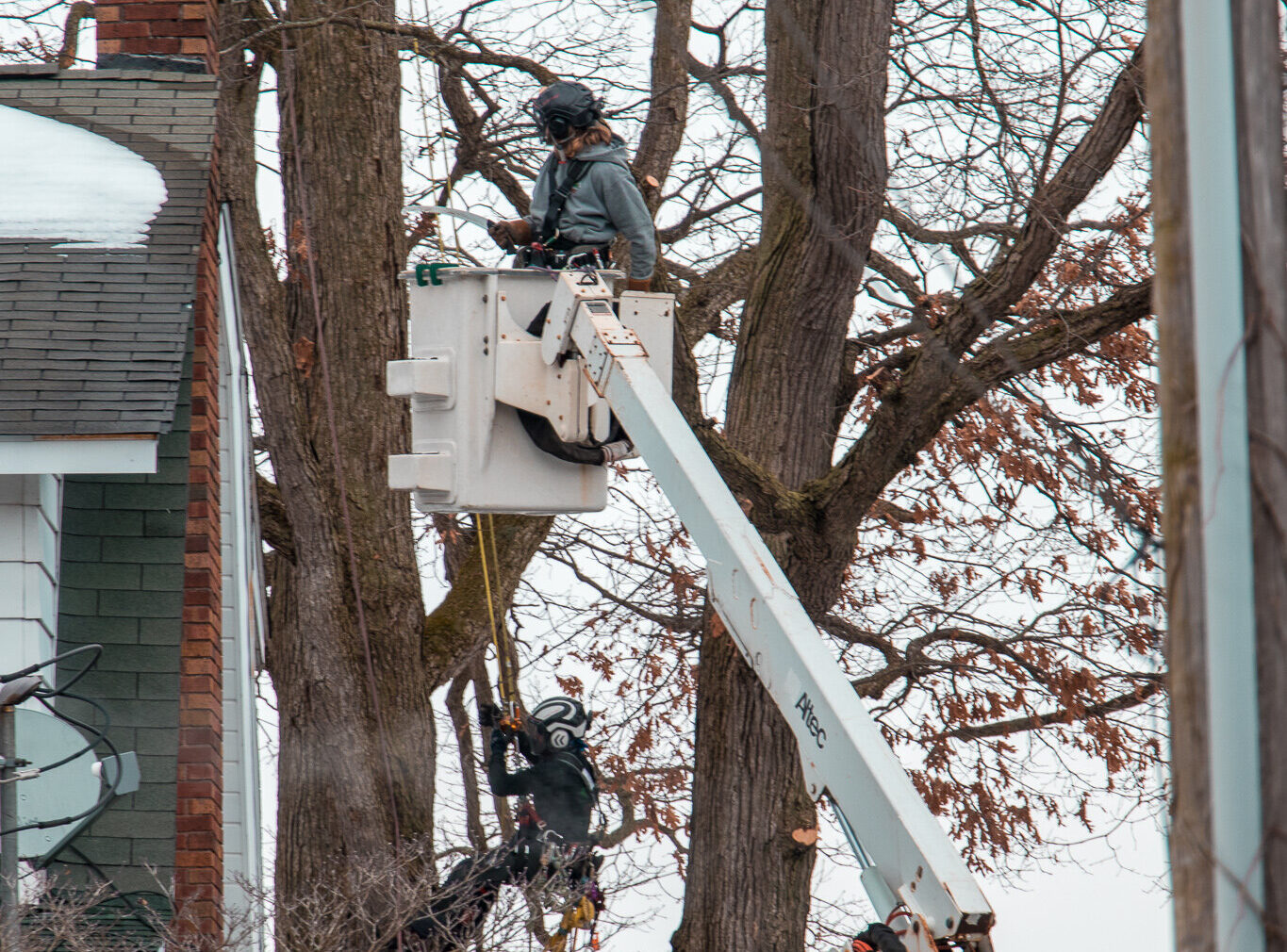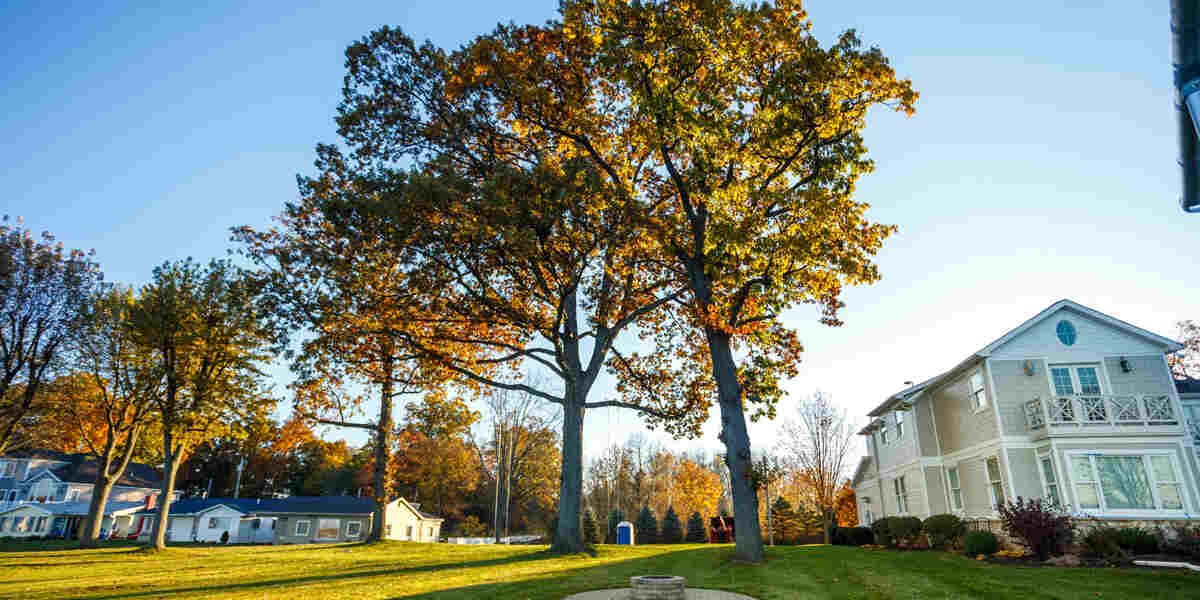When disaster strikes and your trees are in peril, knowing how to provide emergency tree care can make a world of difference. Whether it’s due to a powerful storm, a lightning strike, or any other calamity, your trees may be damaged, posing risks to your property and safety. In this comprehensive guide, we will explore the essential steps you need to take for “Emergency Tree Care: What to Do When Disaster Strikes.” Let’s dive into this vital topic and ensure your trees thrive even in challenging times.
Understanding the Importance of Emergency Tree Care
Trees are not only essential for the environment but also for the aesthetic and monetary value they add to your property. When disaster strikes, trees are often at the receiving end of the damage. Fallen trees or damaged branches can endanger lives, cause property damage, and disrupt your daily life. Effective emergency tree care is not just about saving your trees; it’s about ensuring the safety of your family and neighbors. It’s also important to remember to contact your local tree care professionals before doing anything yourself. If you live in the Northern Indiana Area Contact us Here!
Assessing the Situation
Before you start any tree care actions, take a step back and assess the situation. Determine the extent of the damage and whether it’s safe to proceed. Look for potential hazards, such as hanging branches or unstable trees, and prioritize your safety and the safety of others.
Safety First: Protecting Yourself and Others
In emergencies, safety should always be your top priority. Ensure that everyone in your household is safe, and keep a safe distance from damaged trees or branches. If there are power lines involved, call the authorities immediately and wait for their guidance. If you don’t feel comfortable doing the work yourself, call professionals here!
Gathering the Right Tools
To provide effective emergency tree care, you’ll need the right tools. Some essential items include pruning shears, saws, gloves, safety goggles, and a ladder. Having these tools on hand will help you carry out the necessary tasks efficiently.
Removing Fallen Trees
If a tree has fallen, you must safely remove it. Begin by cutting the tree into manageable sections, starting from the top and working your way down. Ensure that you have a clear escape route in case the tree shifts unexpectedly.
Trimming Damaged Branches
Damaged branches can pose a risk to your property and safety. Trim any broken or hanging branches carefully to prevent further damage. Make clean cuts at the branch collar to promote proper healing.
Dealing with Uprooted Trees
Uprooted trees can sometimes be saved with prompt action. Replant the tree as soon as possible, ensuring it’s at the correct depth and well-supported. Water it thoroughly and monitor its progress.
Root Damage and Stabilization
Assess the root system for damage and instability. If necessary, provide support to help the tree regain stability. Mulch can also be beneficial in conserving moisture and protecting the roots.
Pruning for Recovery
Pruning can aid in the recovery of damaged trees. Remove dead or diseased branches and encourage new growth by shaping the tree appropriately. This promotes healthier recovery.
Soil and Nutrient Management
Maintaining healthy soil is crucial for tree recovery. Ensure the soil is well-draining and properly fertilized to support the tree’s growth. Mulching can help retain moisture and provide essential nutrients. More information here!
Disease and Pest Control
After a disaster, trees may be more vulnerable to diseases and pests. Monitor your trees closely for any signs of trouble and take proactive measures to protect them. Consult with an arborist if needed.

Emergency Tree Care FAQs
Q: Can I remove a fallen tree myself?
A: It’s recommended to seek professional help for larger fallen trees. Small trees and branches can be managed by homeowners with the right tools and precautions.
Q: How can I tell if a tree is too damaged to save?
A: Dependent on the circumstances and many factors, usually the baseline it may be challenging to save. Consult with an arborist to assess the tree’s chances of recovery.
Q: Is it necessary to water my trees after a disaster?
A: Yes, providing adequate water is very beneficial for tree recovery. Be sure to water trees that have been subjected to stress.
Q: Can damaged branches be used for firewood?
A: Yes, you can use damaged branches for firewood, but make sure they are dry and properly seasoned.
Q: How often should I check my trees for post-disaster issues?
A: Regularly inspect your trees for at least a year after a disaster. Signs of stress or disease may appear over time.
Q: When should I consult with an arborist for emergency tree care?
A: If you are unsure about the extent of damage or the best course of action, it’s wise to consult with an arborist for professional guidance.



